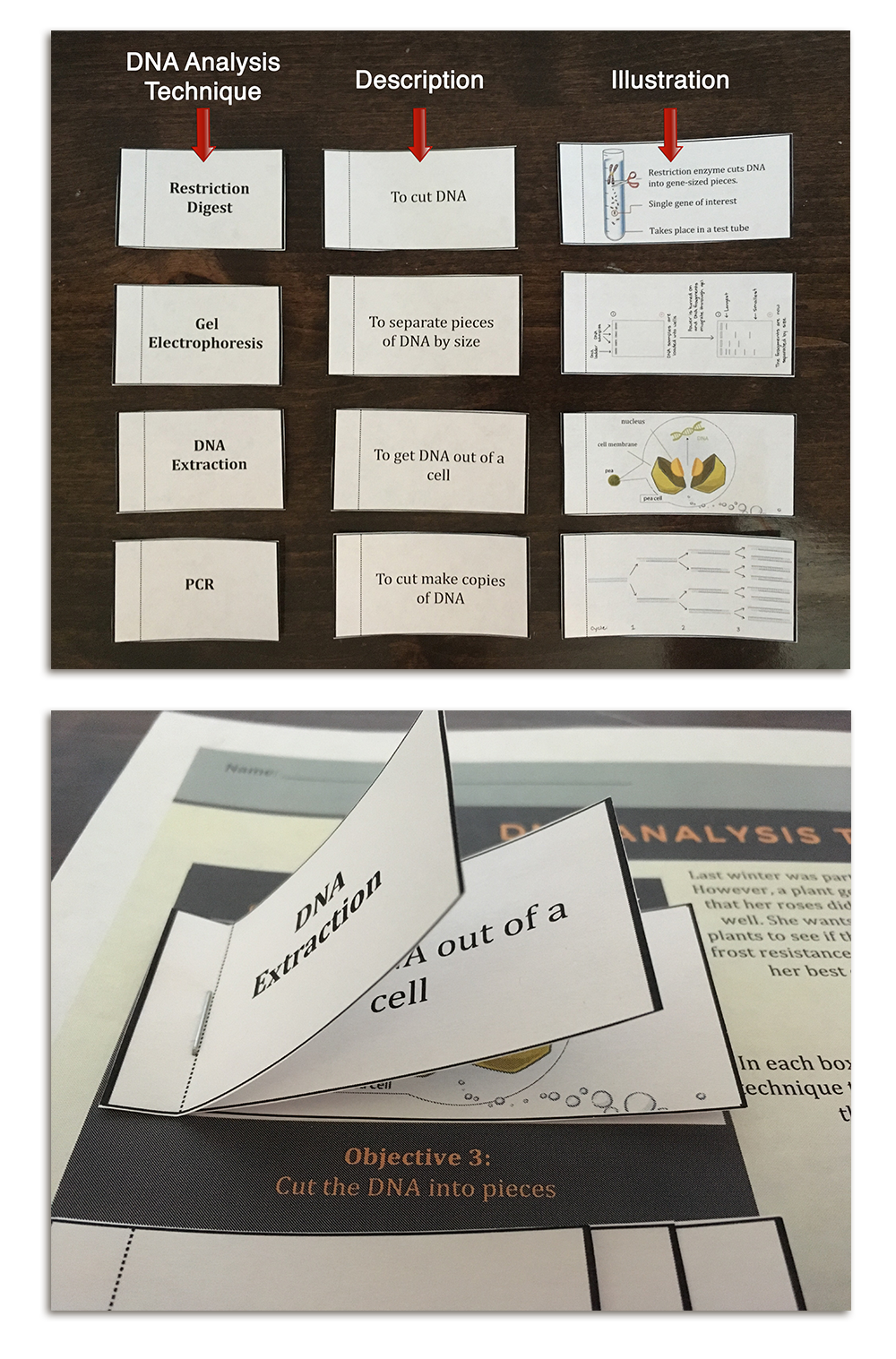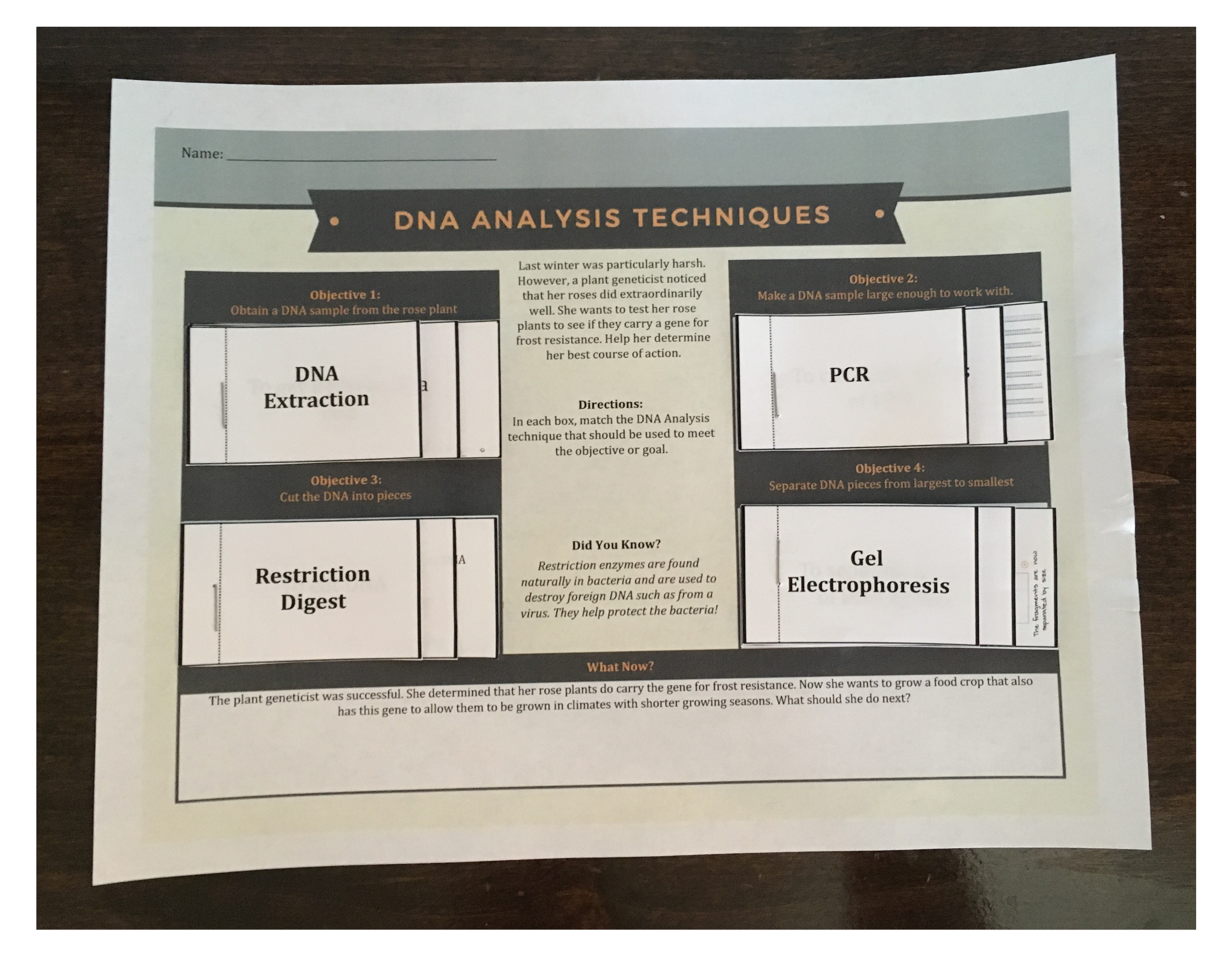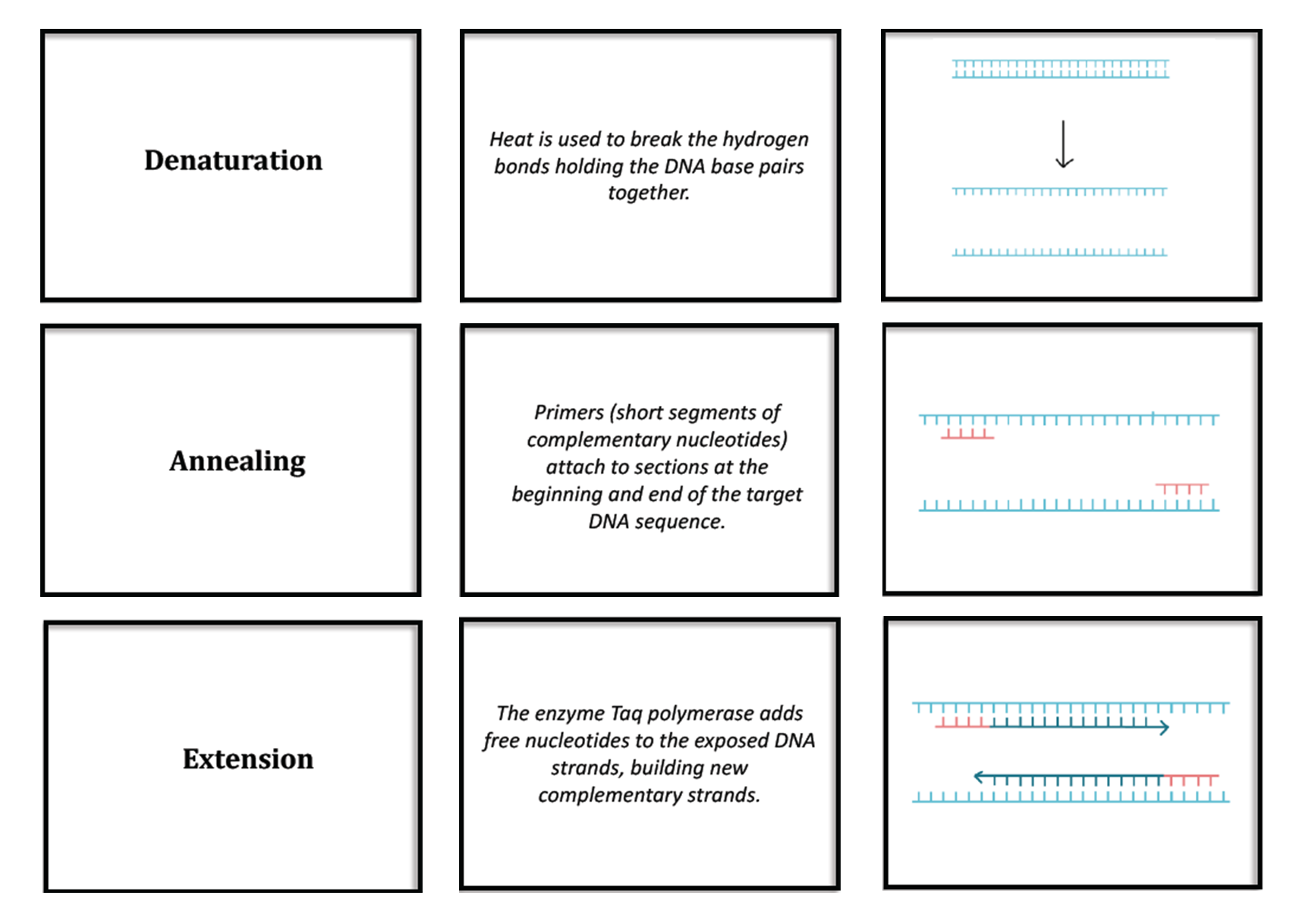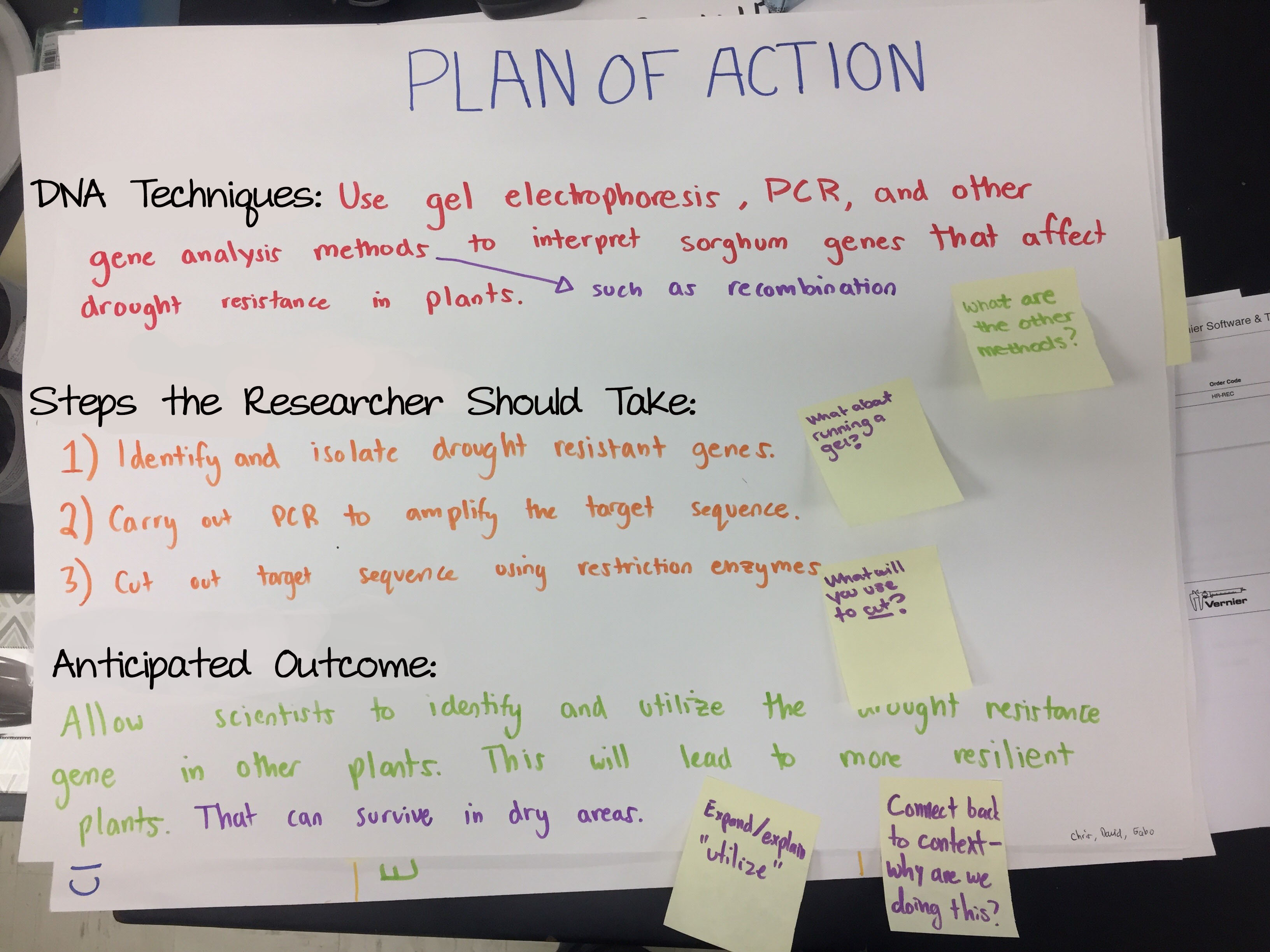Humans have long been modifying crops to make them more useful. Today, corn is the largest cash crop produced by the United States. It has an enormously wide variety of uses, including human food, animal feed, food preservation, adhesives, pharmaceutical production, and fuel production.4 But corn has not always looked like the corn we are familiar with, with large ears of neat, yellow kernels. Thousands of years ago, corn was growing as a much smaller grass known as teosinte. Thanks to selective breeding, modern corn has much larger, more numerous, and more nutritious kernels than its parent grass.5
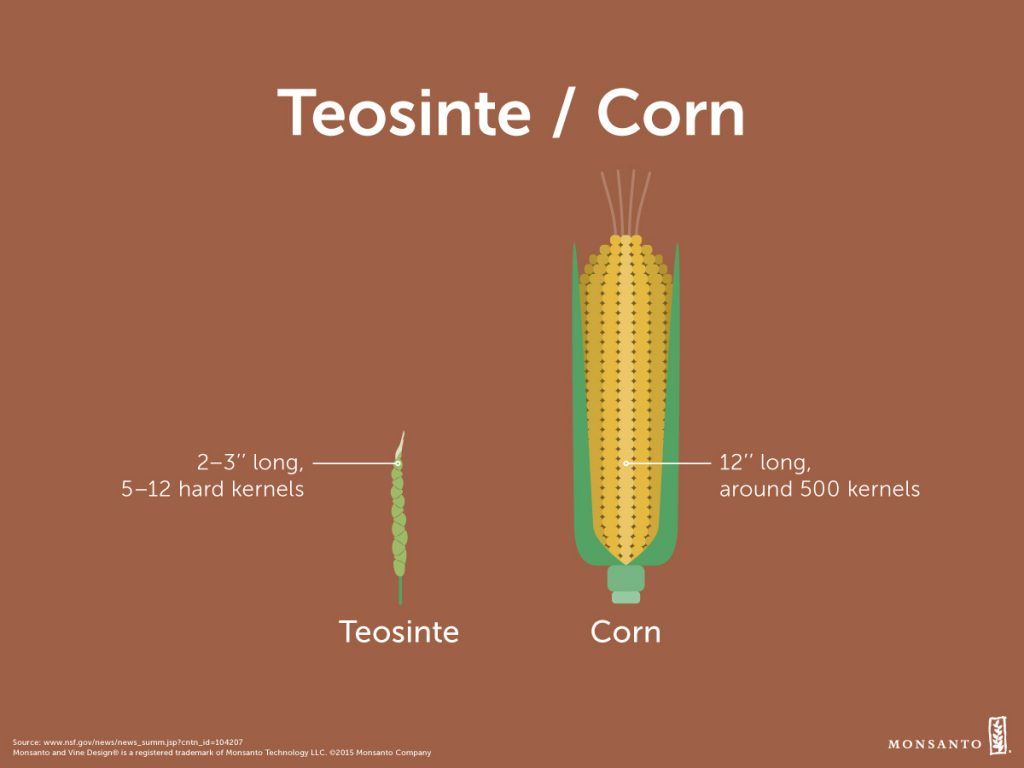 Image Source: https://monsanto.pr/vegetables-in-action-corn/
Image Source: https://monsanto.pr/vegetables-in-action-corn/
Since prehistory, humans have used selective breeding to improve crops by breeding together plants with desirable characteristics over many generations. However, until about 1900, genes and their relationship to traits were virtually unknown. Selective breeding was done based only on observable phenotypes, or characteristics. Today, scientists and plant breeders combine their knowledge of plant characteristics with information on plant genotypes, or genetics, to breed the best possible crops. By carefully choosing which plants to breed, they can develop crops that are more drought tolerant, insect resistant, herbicide tolerant, and more.
Scientists can even go a step further and insert desirable genes from other species into a plant’s genome (the plant’s DNA), conferring beneficial traits that would otherwise not occur. These new plants are a type of genetically modified organism. In 2012, 93% of soybeans and 88% of corn planted in the United States was genetically modified.6 The ability to genetically modify plants allows scientists to more quickly develop hardier, more nutritious crops that have an increased yield. Golden rice is a genetically modified rice crop that produces more beta-carotene (a vitamin A precursor) than white rice. The genes for this amplified beta-carotene production came from daffodils and bacteria. Roundup Ready® soybeans have a gene in their genome from a bacteria, making them resistant to the herbicide glyphosate. This allows them to be sprayed with the herbicide, killing the weeds around them and minimizing competition while leaving the soybeans unaffected.7 Bt corn contains a gene derived from bacteria that produces an enzyme deadly to an insect known as the European Corn Borer. This protects the corn from the insect, reduces the need to spray pesticides, and increases crop yield.8
In order for scientists and plant breeders to selectively breed the best possible crops, or develop a genetically modified crop, they rely on the ability to analyze the DNA of plants. A wide variety of biotechnology techniques can be used to help them do that.
Normally, the DNA of a plant is found in the nucleus of its cells. To analyze the DNA and identify genes that are beneficial to the crop, scientists must be able to get the DNA out of a plant’s cells. A technique known as DNA extraction is used to do this. DNA extraction uses various chemicals, including detergents and alcohol, to open a cell and separate the DNA from the rest of the cellular components.
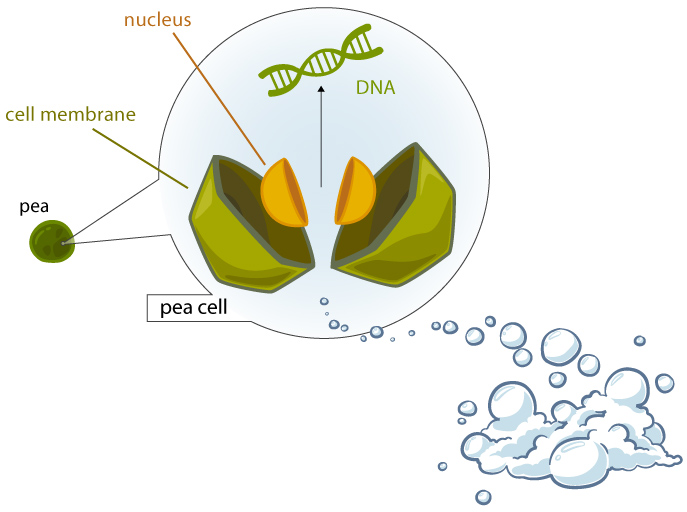 Image Source: https://learn.genetics.utah.edu/content/labs/extraction/howto/
Image Source: https://learn.genetics.utah.edu/content/labs/extraction/howto/
However, the amount of DNA extracted from the plant cells is often too small to work with easily. Scientists can make the DNA sample much larger by using a technique known as polymerase chain reaction (PCR). This technique mimics natural DNA replication in the cell, and makes many, many copies of the DNA.
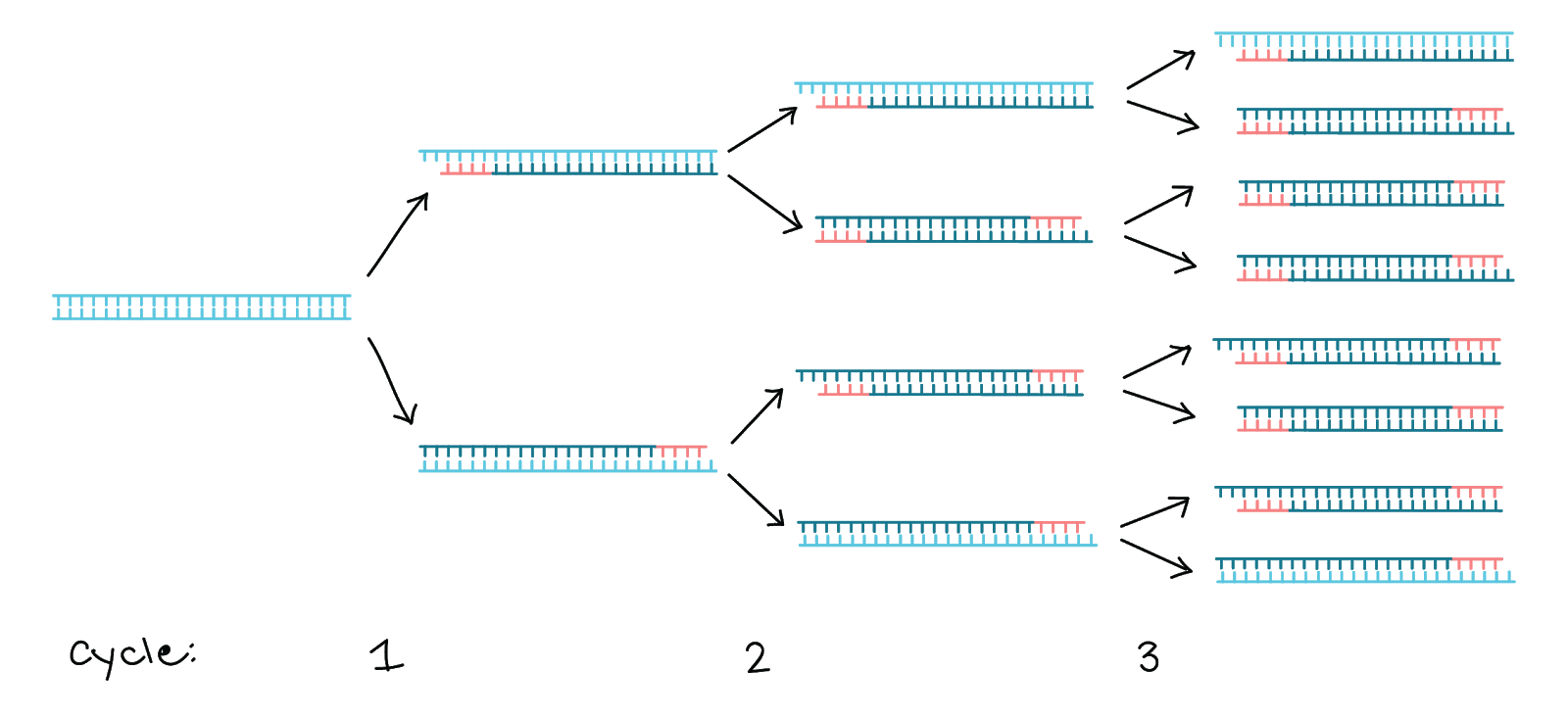
Image Source: https://www.khanacademy.org/science/biology/biotech-dna-technology/dna-sequencing-pcr-electrophoresis/a/polymerase-chain-reaction-pcr
Typically, scientists don’t want or need the entire genome of the plant - they often only want to identify or work with a small portion. Restriction enzymes can be used to cut the DNA into pieces, making it much easier to find the portion of interest. Restriction enzymes are naturally found in bacteria. Bacteria use restriction enzymes to cut up foreign DNA, such as that from an invading virus. Restriction enzymes are used in a very broad range of scientific research, including medical and agricultural research.
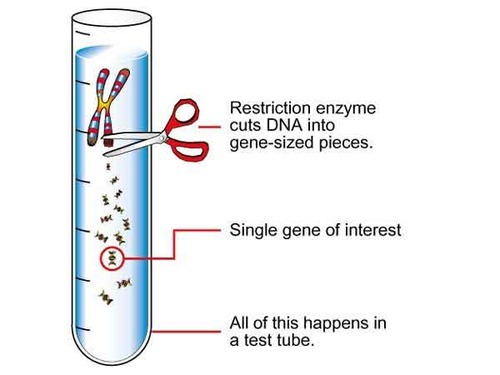
Image Source: https://www.indiamart.com/proddetail/restriction-enzymes-9533118348.html
To quickly observe characteristics of a plant’s DNA and identify sequences that a scientist may be looking for, a technique known as gel electrophoresis can be used. Gel electrophoresis allows a scientist to separate molecules based on size. In this case, the plant DNA fragments that were formed when the DNA was cut with restriction enzymes can be separated from largest to smallest. This can be used to identify whether a particular gene or sequence is present in the plant’s genome.
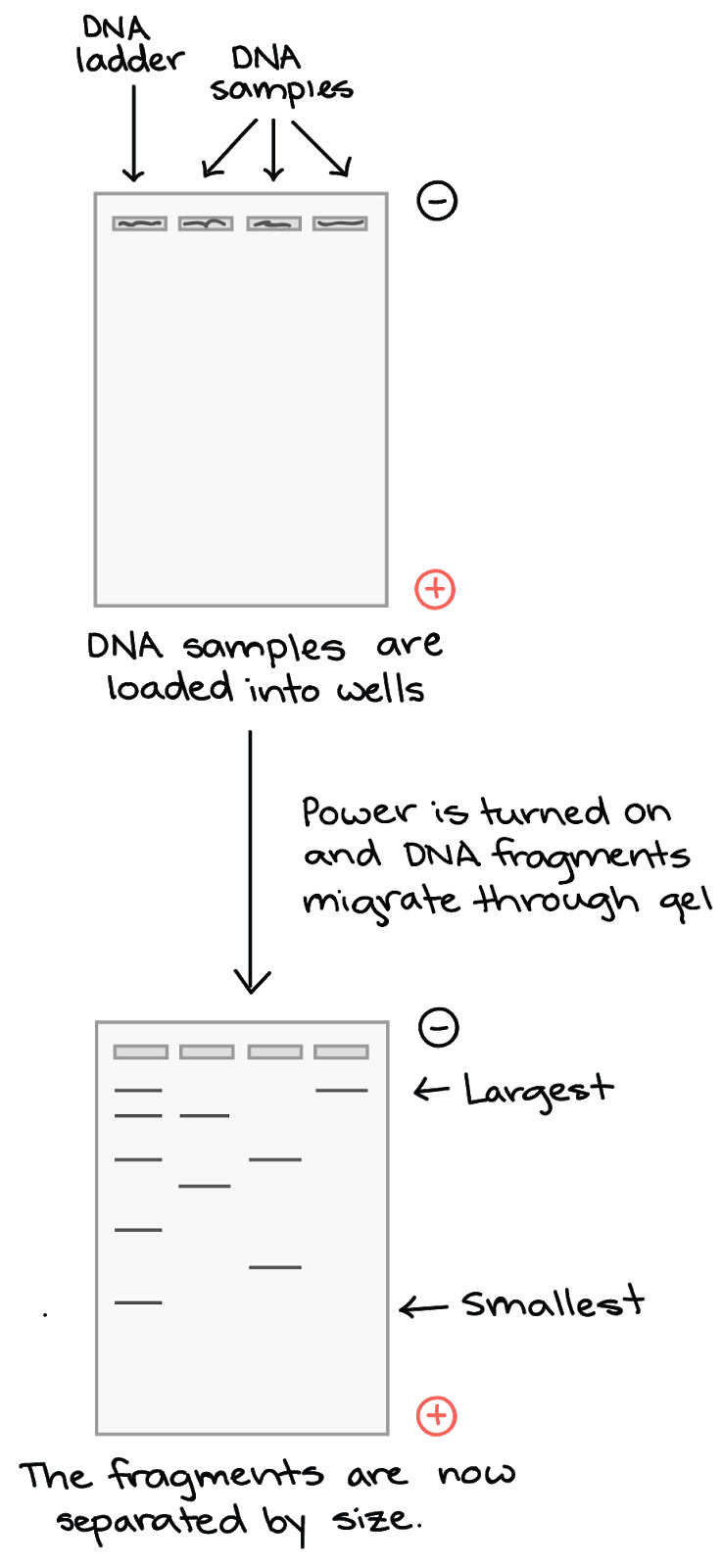
Image Source: https://www.khanacademy.org/science/biology/biotech-dna-technology/dna-sequencing-pcr-electrophoresis/a/gel-electrophoresis
All of these techniques may be used when identifying natural, beneficial genes, or when creating genetically modified crops using recombinant DNA. Recombinant DNA is formed when the DNA of more than one species are put together. This is the basis of the creation of genetically modified crops. A gene from one organism (for example, the gene from the bacterium Bacillus thuringiensis that produces a protein that is toxic to the European corn borer) can be combined with another (for example, the DNA of a corn plant), and a new plant can be grown with the Bt gene.
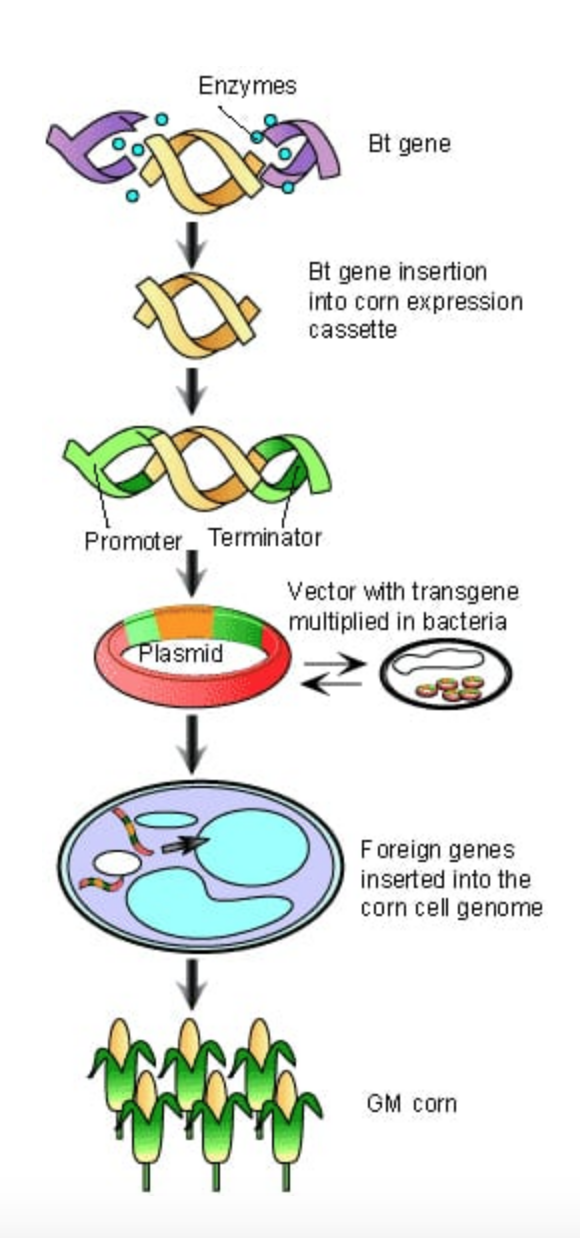 Image Source: https://schoolworkhelper.net/bt-corn-genetically-modified-corn/bt-corn-genetically-modified-corn/
Image Source: https://schoolworkhelper.net/bt-corn-genetically-modified-corn/bt-corn-genetically-modified-corn/
It is important to realize that each of these DNA analysis techniques is one tool a scientist can use in a long process of gene identification and manipulation. Each has a wide variety of applications, in agriscience as well as other areas. In this lesson, students will gain a general understanding of each technique and their role in DNA analysis, as well as how general DNA manipulation can be used to develop improved crops.
 Image Source: https://monsanto.pr/vegetables-in-action-corn/
Image Source: https://monsanto.pr/vegetables-in-action-corn/ Image Source: https://learn.genetics.utah.edu/content/labs/extraction/howto/
Image Source: https://learn.genetics.utah.edu/content/labs/extraction/howto/


 Image Source:
Image Source: 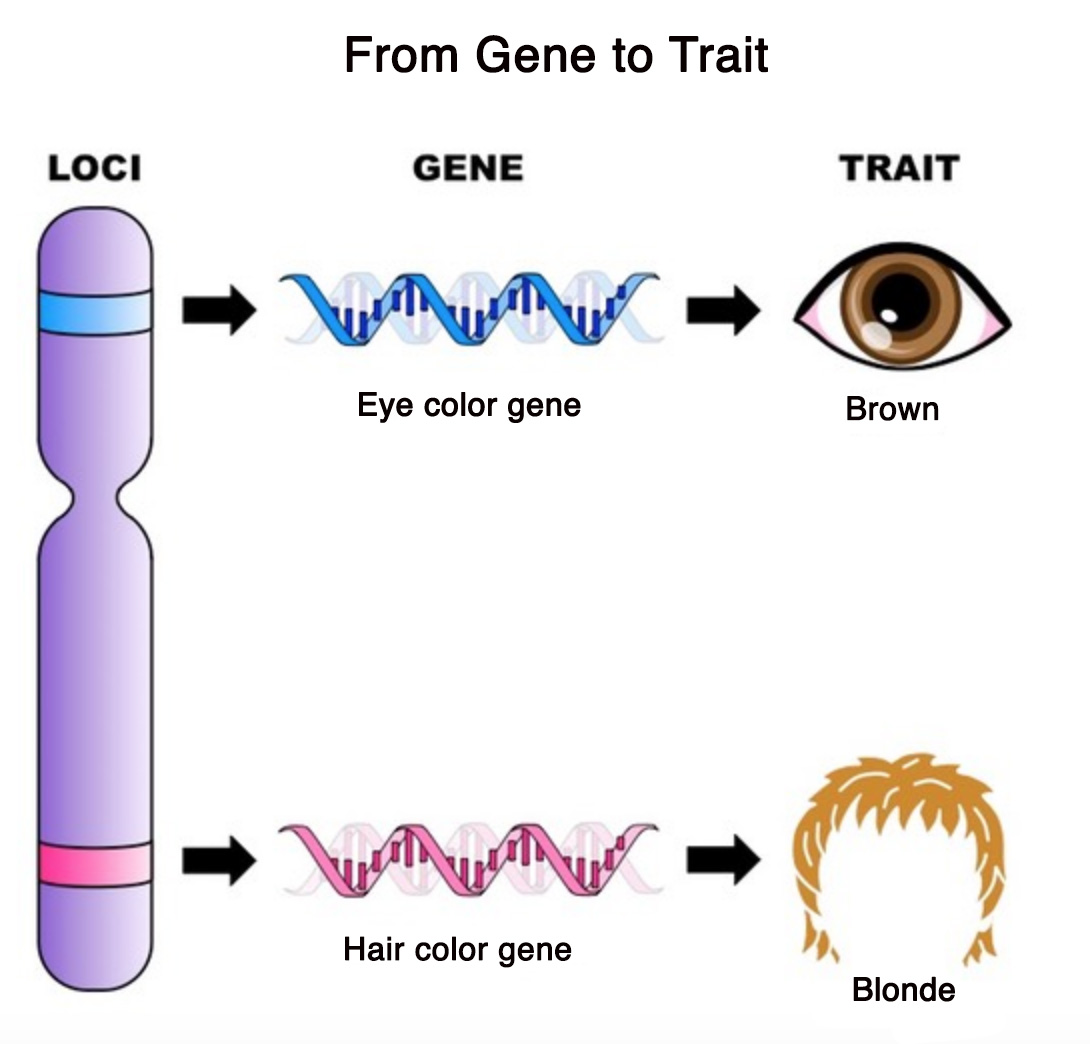 Image Source: http://ib.bioninja.com.au/standard-level/topic-3-genetics/31-genes/genes-and-loci.html
Image Source: http://ib.bioninja.com.au/standard-level/topic-3-genetics/31-genes/genes-and-loci.html